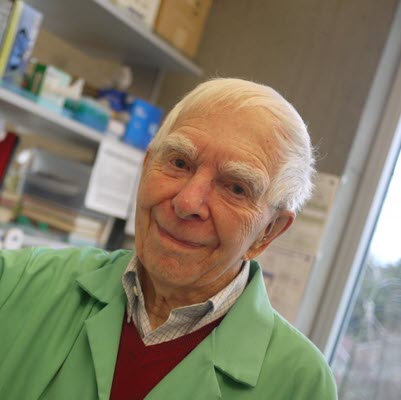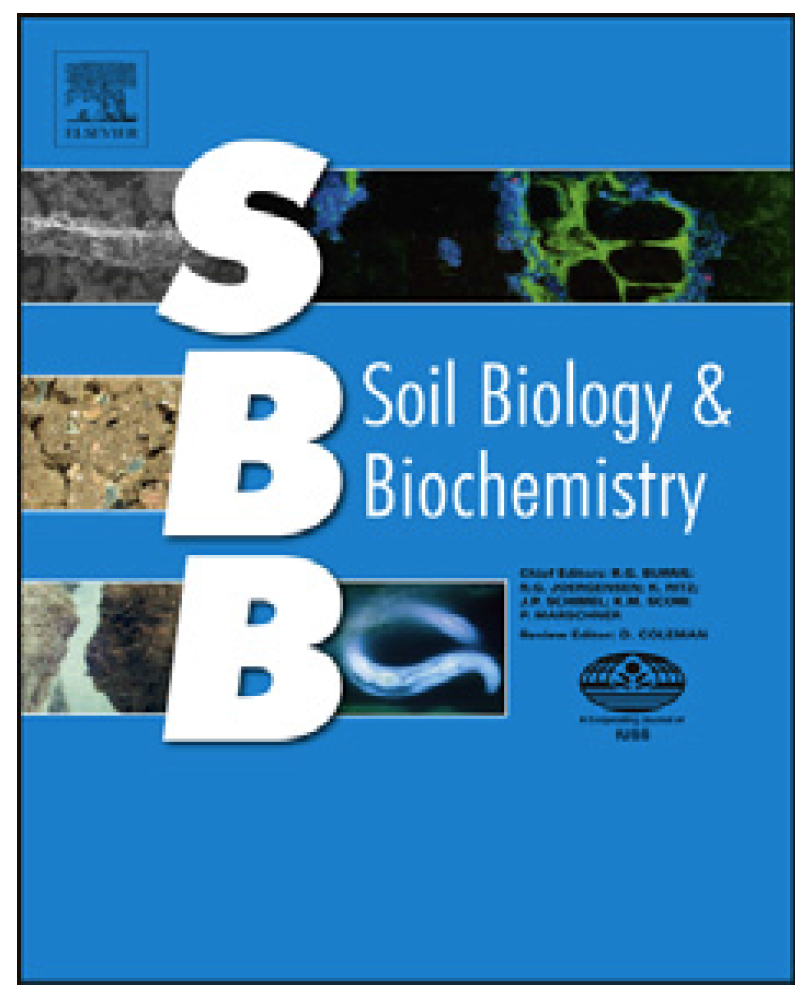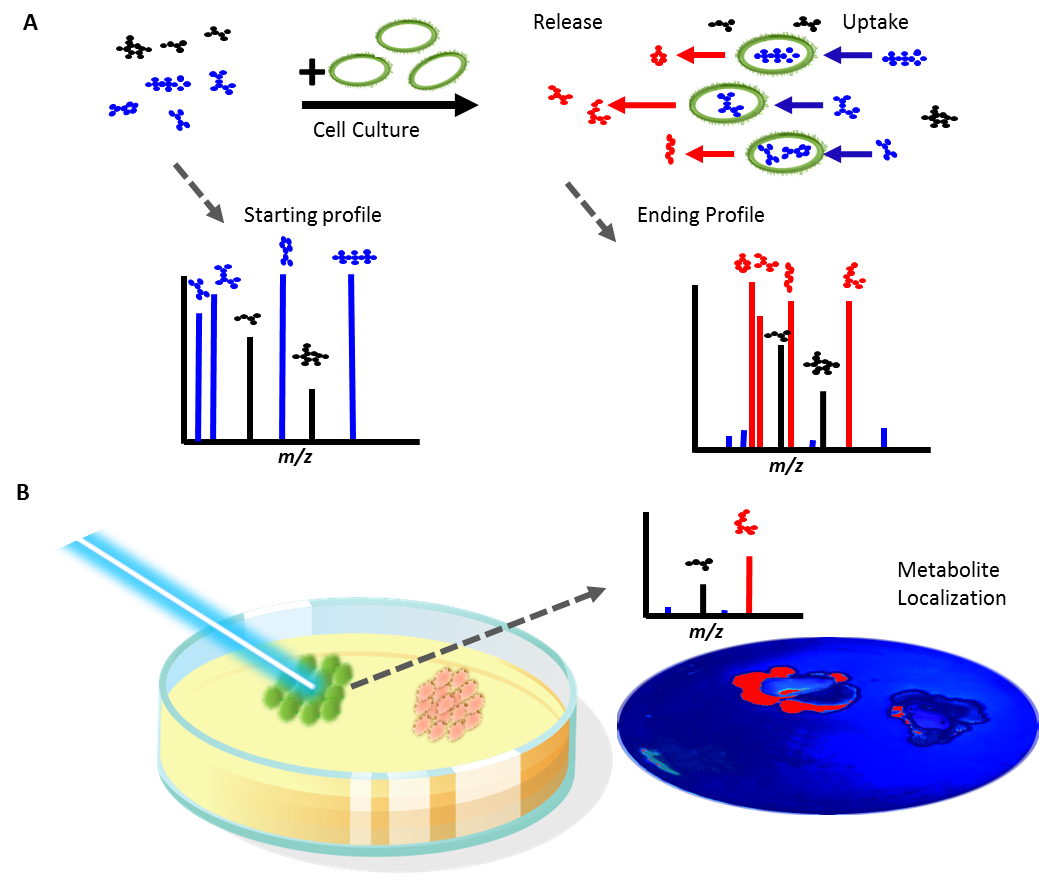Two Northen Lab researchers, Tami Swenson and Trent Northen, contributed to a paper examining how biocrusts may influence soil fertility and biogeochemical cycling in subsurface mineral soils (soil deeper than 2cm). The role of biocrusts in relation to organic carbon and nutrient cycling is relatively opaque, but is an important factor given the prevalence of dryland ecosystems (or arid and semi-arid environments that include up to 40% of the land in the US).
For this study, there were three major components: determining nutrient and carbon concentrations in in-situ biocrust and below-biocrust mineral soil, testing leachate chemistry in the lab using biocrusts at different successional states, and incubating soil with biocrust leachate to investigate the effects of the leachate on soil carbon. Metabolomic analysis revealed that many metabolites in leachate are osmolytes, two of which differed significantly between successional stages. Overall, results revealed that the successional stage of a given biocrust is a key factor determining the biogeochemical relationship between biocrust and the soil beneath. To learn more, read the full paper.
References:
Young, K. E., Ferrenberg, S., Reibold, R., Reed, S. C., Swenson, T., Northen, T., & Darrouzet-Nardi, A. (2022). Vertical movement of soluble carbon and nutrients from biocrusts to subsurface mineral soils. Geoderma, 405, 115495. https://doi.org/10.1016/j.geoderma.2021.115495




